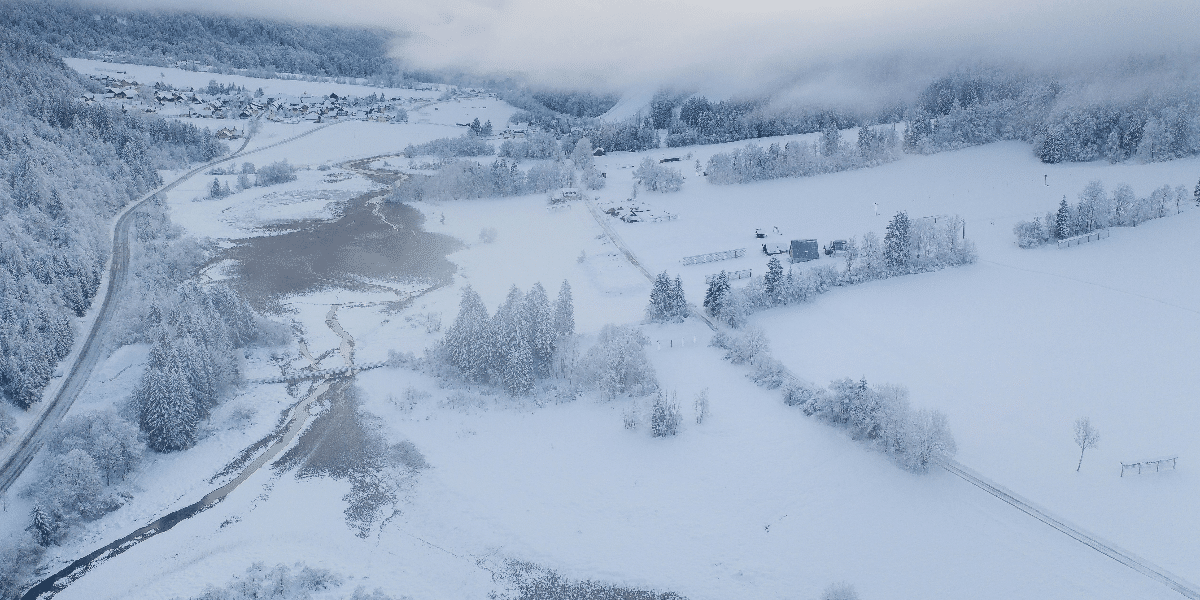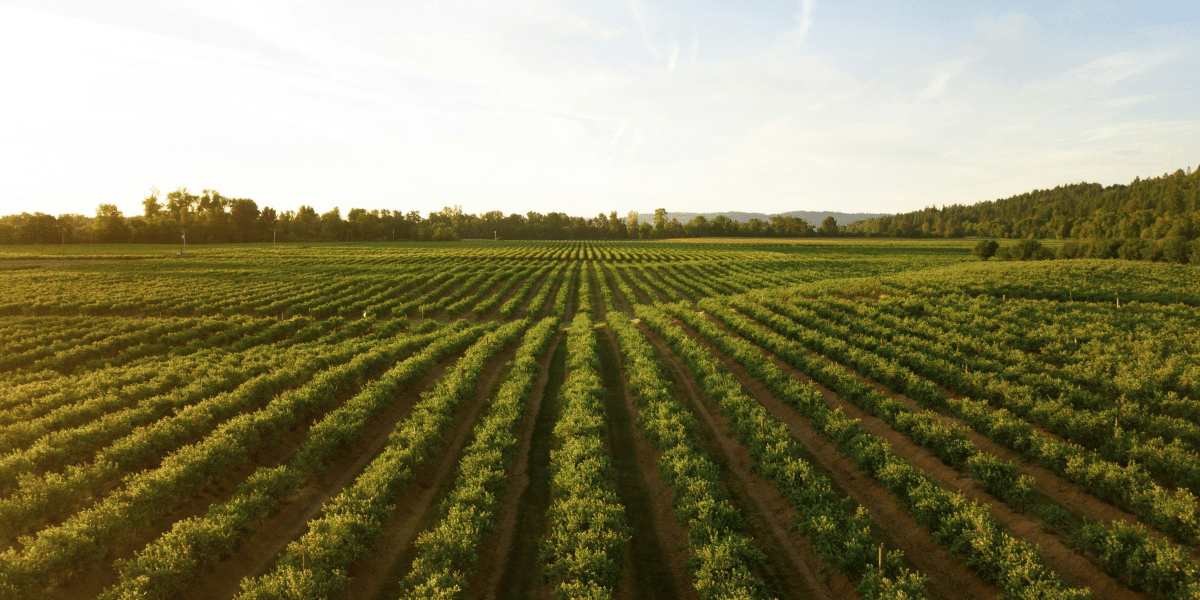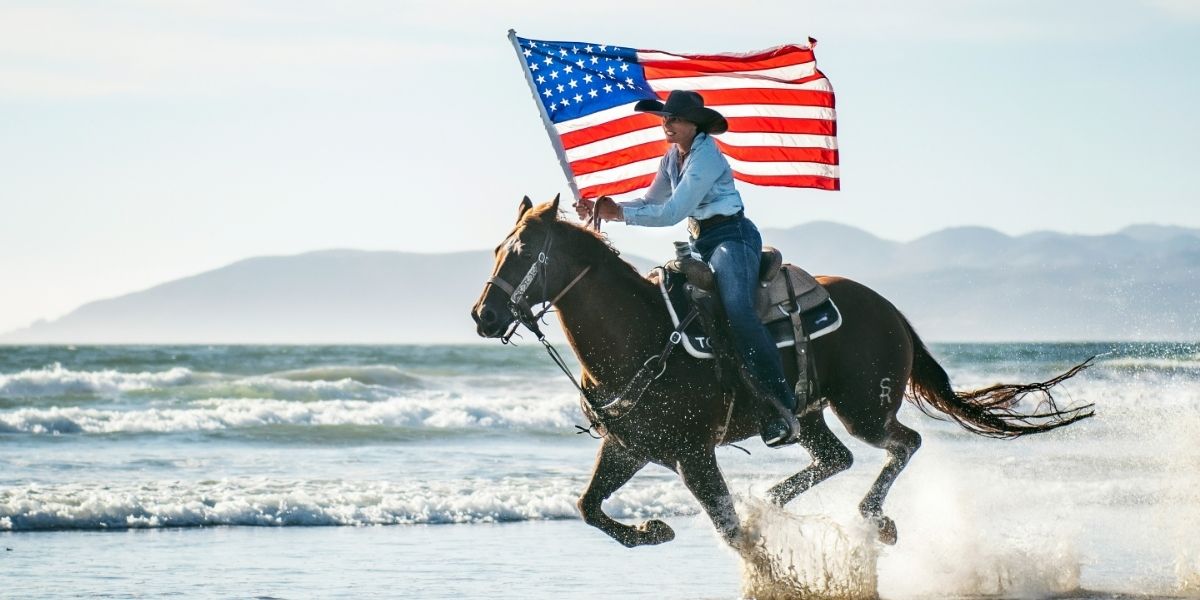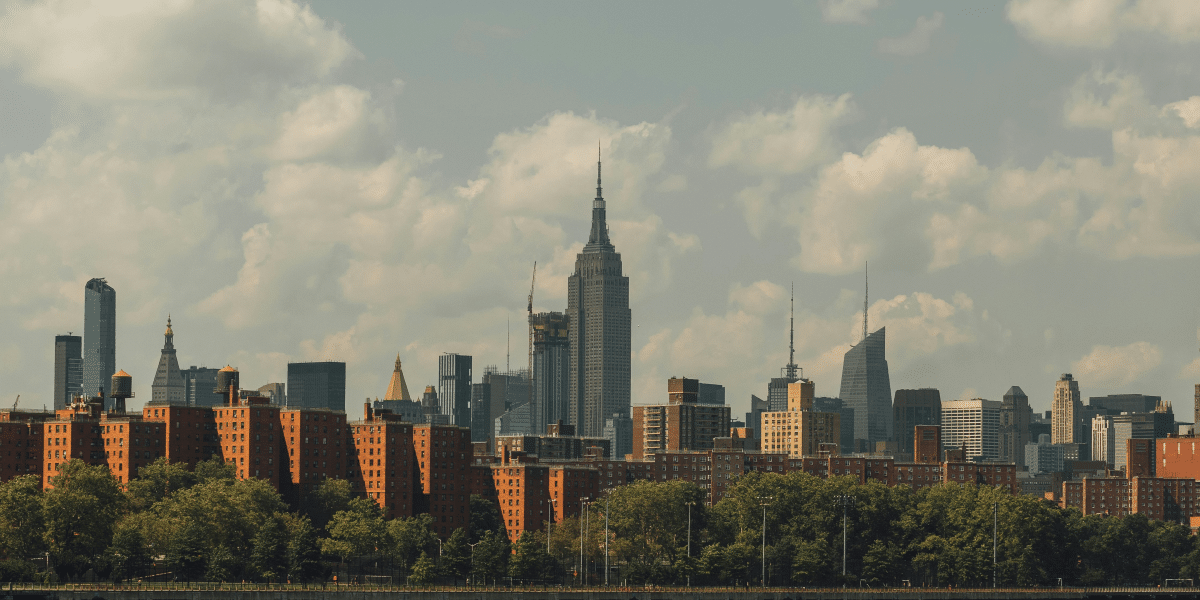Exploring Rollerblading: The Thrilling World of Extreme Sports
Rollerblading, also known as inline skating, is an exhilarating sport that combines speed, agility, and adrenaline-pumping excitement. With its roots tracing back to the 1980s and 1990s, rollerblading has evolved into a diverse and dynamic activity enjoyed by millions of enthusiasts around the world. In this article, we’ll dive into the thrilling world of rollerblading, exploring its history, techniques, benefits, and why it continues to captivate thrill-seekers of all ages.
A Brief History of Rollerblading
Rollerblading first gained popularity in the late 20th century, thanks to the invention of the inline skate. Developed as a form of off-season training for ice hockey players, inline skates featured a row of wheels aligned in a single line, allowing for smoother and faster skating than traditional roller skates. In the 1980s and 1990s, rollerblading exploded in popularity, becoming a cultural phenomenon and spawning a thriving subculture of skaters, competitions, and media.
Techniques and Skills
Rollerblading encompasses a wide range of techniques and skills, from basic maneuvers like forward skating and stopping to more advanced tricks and stunts. Beginners typically start with learning how to balance, turn, and brake safely before progressing to more challenging moves such as jumps, spins, grinds, and slides. As skaters gain confidence and experience, they can explore different disciplines within rollerblading, including aggressive skating, freestyle skating, speed skating, and urban skating, each requiring its own unique set of skills and techniques.
Health and Fitness Benefits
Rollerblading offers a multitude of health and fitness benefits, making it an excellent form of exercise for people of all ages and fitness levels. Skating engages multiple muscle groups, including the legs, core, and upper body, helping to improve strength, endurance, and cardiovascular health. Additionally, rollerblading is a low-impact activity that puts less stress on the joints compared to high-impact sports like running or basketball, making it an ideal choice for individuals looking to stay active while reducing the risk of injury.
Community and Camaraderie
One of the most rewarding aspects of rollerblading is the sense of community and camaraderie among skaters. Whether it’s through local skate groups, online forums, or skate parks, rollerbladers come together to share their passion for the sport, exchange tips and tricks, and support one another in their skating journey. This sense of belonging and solidarity creates a welcoming and inclusive environment where skaters of all backgrounds and skill levels can come together to celebrate their love of rollerblading.
Adrenaline and Excitement
At its core, rollerblading is all about adrenaline and excitement, offering thrills and challenges that keep skaters coming back for more. From racing down steep hills and performing jaw-dropping tricks to exploring urban landscapes and conquering obstacles, rollerblading provides an unparalleled sense of freedom and exhilaration. Whether you’re cruising through city streets, tearing up skate parks, or blazing down mountain trails, rollerblading offers endless opportunities for adventure and adrenaline-fueled fun.
Creativity and Self-Expression
Rollerblading is not just a sport – it’s a form of creative expression that allows skaters to showcase their individual style and personality. Whether it’s through their choice of equipment, their skating technique, or the tricks and maneuvers they perform, rollerbladers have the freedom to express themselves in unique and creative ways. From customizing their skates with vibrant colors and designs to choreographing elaborate routines and video edits, rollerbladers are constantly pushing the boundaries of what’s possible and inspiring others with their creativity and innovation.
Overcoming Challenges and Building Resilience
Like any extreme sport, rollerblading comes with its fair share of challenges and obstacles, both physical and mental. Whether it’s mastering a difficult trick, overcoming fear of falling, or pushing through setbacks and injuries, rollerbladers learn valuable lessons in perseverance, determination, and resilience. Through perseverance and practice, skaters can overcome challenges, achieve their goals, and grow both as athletes and individuals, gaining confidence and self-belief in the process.
Endless Opportunities
Rollerblading is a thrilling and dynamic sport that offers a multitude of benefits, including physical fitness, community engagement, adrenaline-fueled excitement, creative expression, and personal growth. Whether you’re a beginner just starting out or an experienced skater looking to take your skills to the next level, rollerblading offers endless opportunities for fun, adventure, and self-discovery. So lace up your skates, hit the pavement, and join the exciting world of rollerblading – where the only limit is your imagination!










